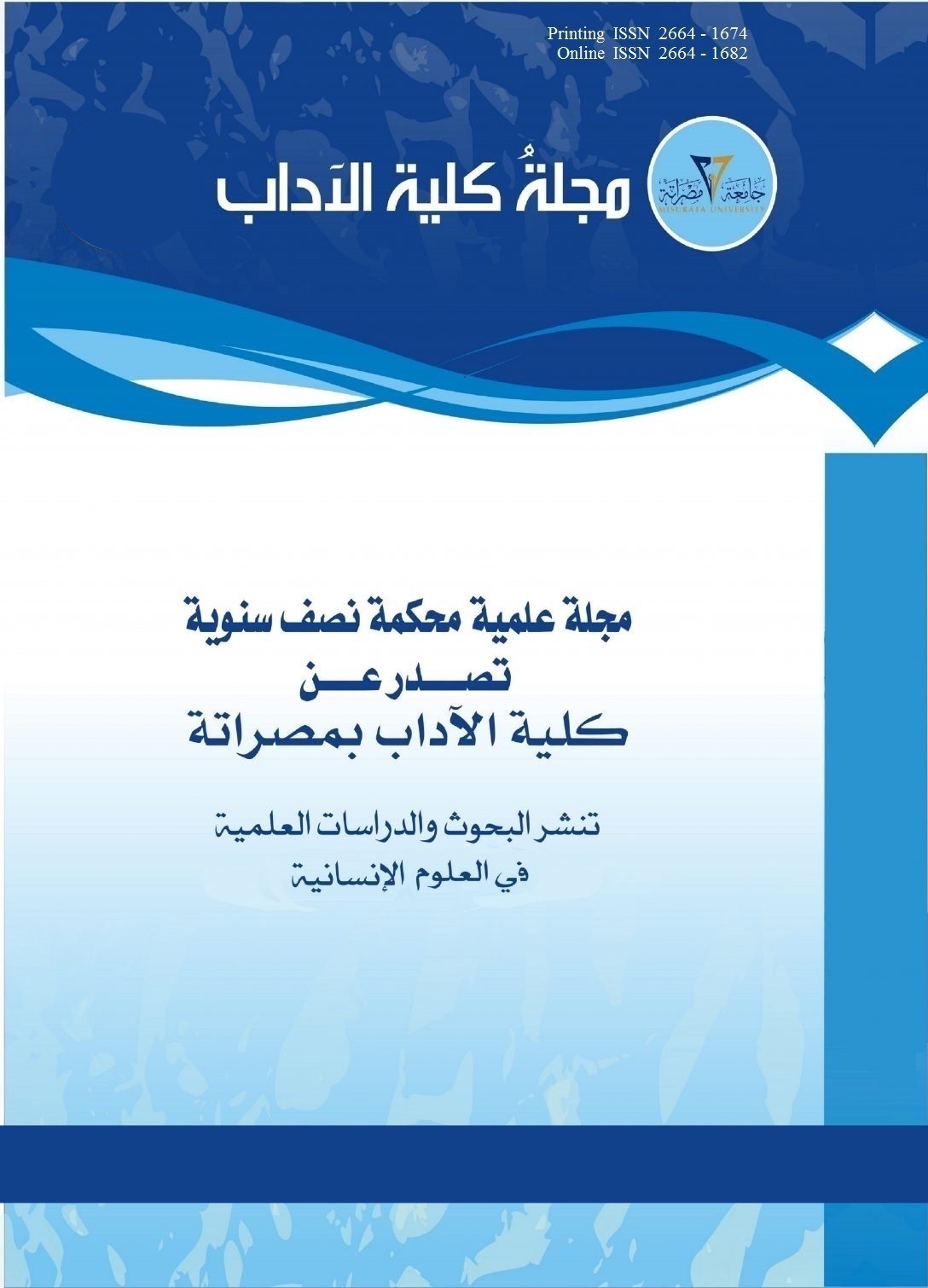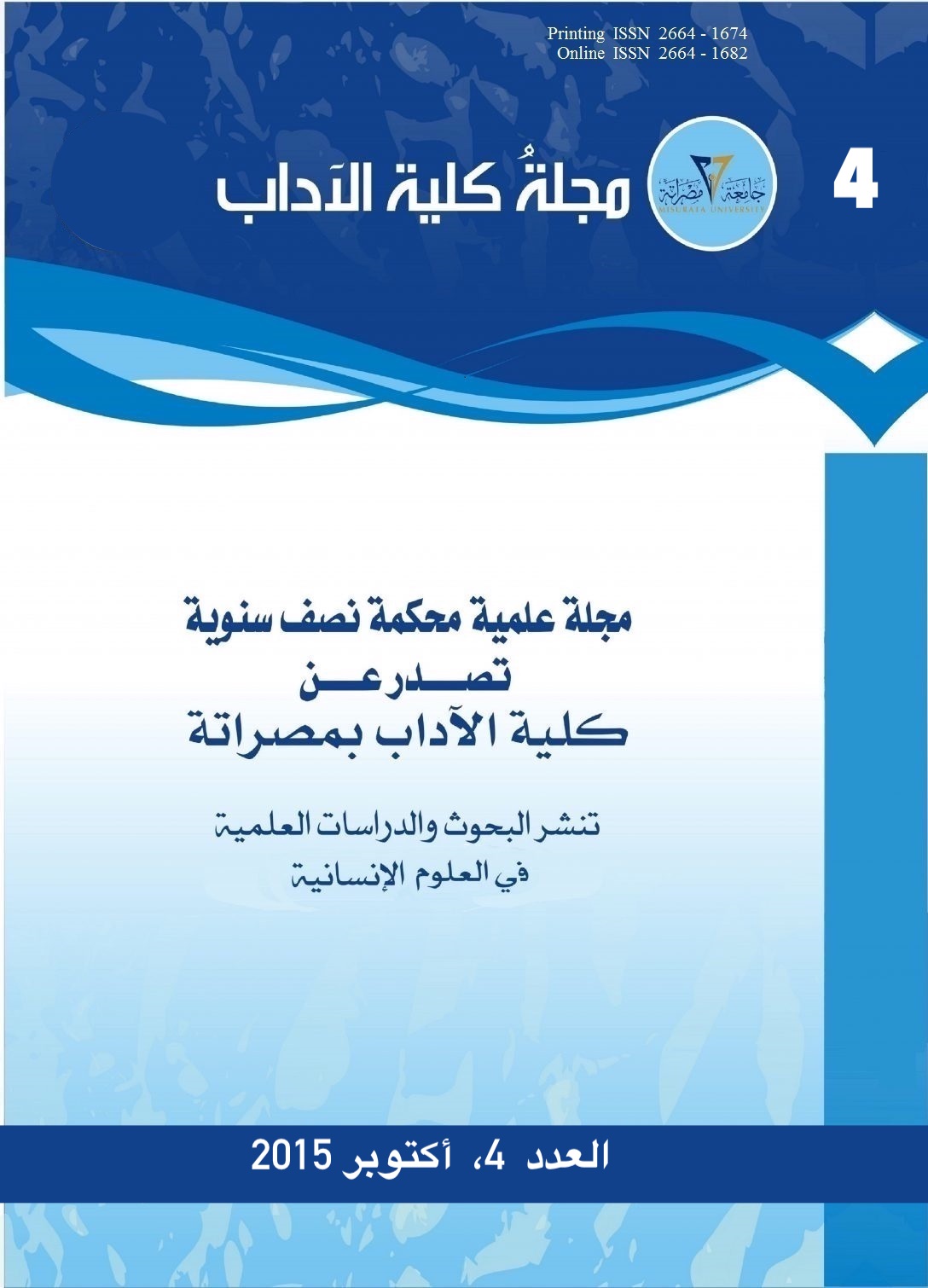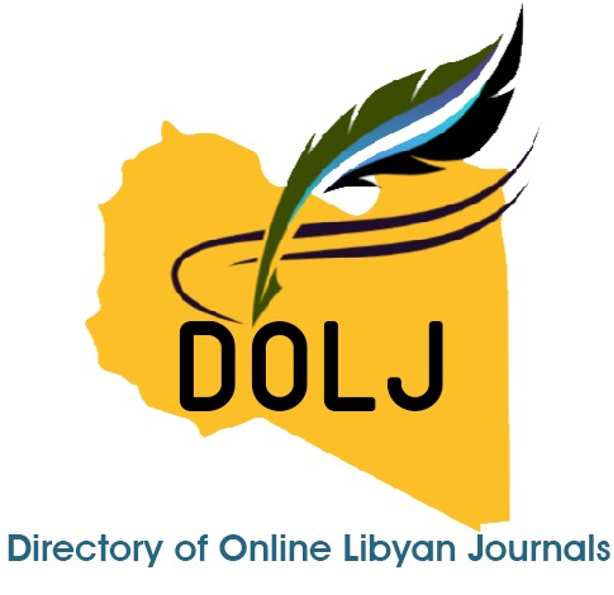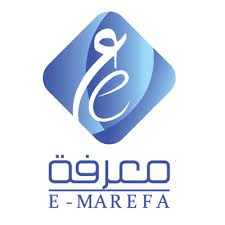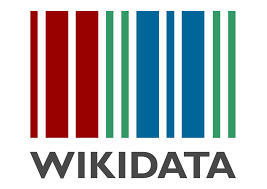إدخال المنهج التواصلي في ليبيا: المقاومة والصراع
DOI:
https://doi.org/10.36602/faj.2015.n04.10الكلمات المفتاحية:
المقاومة الثقافية، أنماط تعلم اللغة، المنهج الانتقائي، لتعليم التواصلي للغةالملخص
يناقش هذا المقال التحديات التي تواجه تطبيق منهج التعليم التواصلي للغة (CLT) في ليبيا. فعلى الرغم من أن هذا المنهج يُعَد من أكثر الأساليب فاعلية وانتشارًا على مستوى العالم، إلا أنه يواجه مقاومة في الفصول الدراسية الليبية بسبب المعتقدات الثقافية، وضعف إعداد المعلمين، ونظام الامتحانات، والممارسات التعليمية التقليدية. ويؤكد الكاتب أن تطبيق هذا المنهج بنجاح يتطلب فهمًا عميقًا للقيم التعليمية المحلية، ويدعو إلى اعتماد أسلوب مرن وحساس ثقافيًا لتدريس اللغة الإنجليزية في السياق الليبي.
المراجع
Altaieb, S. (2013). Teachers’ Perception of the English language Curriculum in Libyan Public Schools: An investigation and assessment of implementation process of English curriculum in Libyan public high schools (Doctoral dissertation, University of Denver).
Anderson, J. (1993). ‘Is a communicative approach practical for teachingEnglish in China? Pros and cons’, System, 21(4): 471–480.
Barakat, H. (1993). The Arab world: Society, culture, and state. University of California Press.
Canale, M. & Swain, M. (1980) 'Theoreticalbases of co-municative approaches to second language teaching and testing' Applied Linguistics 1, 1, pp. 1-47.
Cook, B. J. (1999). Islamic versus Western conceptions of education: Reflections on Egypt. International Review of Education, 45(3-4), 339-358.
Elabbar, A. A. (2011). An investigation of influences affecting Libyan English as Foreign Language University Teachers (LEFLUTs), teaching approaches in the language classrooms (Doctoral dissertation, University of Glasgow).
Ellis, G. (1996). How culturally appropriate is the communicative approach? ELT journal, 50(3), 213-218.
Gewider, R. S. (2012). Libya in the modern orientalist world-system: A critical analysis of English Language acquisition (ELA) as a factor in Libya‟ s new developmental strategy (Doctoral dissertation).
Hayes, D. (2009). Non-native English-speaking teachers, context and English language teaching. System, 37(1), 1-11.
Hymes, D (l972) On communicative competence. In: Pride JB, Holmes, J (eds.) Sociolinguistics: Selected Readings. Penguin, Harmondsworth, pp 269–293
Hu, G. (2002). Potential cultural resistance to pedagogical imports: The case of communicative language teaching in China. Language Culture and Curriculum, 15(2), 93-105.
Javid, C. Z., Farooq, M. U., &Gulzar, M. A. (2012). Saudi English-major undergraduates and English Teachers' perceptions regarding effective ELT in the KSA: A Comparative Study. European Journal of Scientific Research, 85(1), 55-70.
Jha, S. K. (2014). Shall We Teach English as a Subject or as a Language? Education Practice and Innovation, 1(1), 10-17.
Larsen-Freeman, D., 1986. Techniques and Principles in Language Teaching. NY: Oxford University Press.
Najeeb, S. and Eldokali, E. (n. d). English in Libya: The language of development [Online]. Available from: http://www.iairs.org/Abstracts_english/INV. pdf [Accessed: 18/02/ 2015].
Orafi, S. (2013). Effective Factors in the Implementation 0f ELT Curriculum Innovations. Scientific Research Journal, I, (V), 14-21
Orafi, S., & Borg, S. (2009). Intentions and realities in implementing communicative curriculum reform. System, 37 (2), 243-253.
Ozsevik, Z. (2010). The use of communicative language teaching (CLT): Turkish EFL teachers' perceived difficulties in implementing CLT inTurkey. Unpublished MA thesis, University of Illinois at Urbana-
Pathan, M., & Al-Dersi, Z. (2013). Investigating the Role of Short-Stories in Overcoming the Problems Faced by the Libyan EFL Learners in Reading Comprehension Skill. The Criterion an International Journal in English, 12 1-8
Richards, J. C., & Rodgers, T. S. (1986). Approaches and methods in language teaching. Cambridge: Cambridge University Press.
Rubenstein, I. Z. (2006). Educational expectations: How they differ around the world: Implications for teaching ESL college students. Community College Journal of Research and Practice, 30(5-6), 433-441.
Scarcella, R. C., Anderson, E. S. &, Krashen, S. D. (1990). Developing Communicative Competence in a Second Language, Boston: Heinle & Heinle Publishers.
Vaezi, S., &Abbaspour, E. (2014). Implementing CLT in the Iranian Context: “Reality” Versus Theory. Procedia-Social and Behavioral Sciences, 98, 1905-1911.
التنزيلات
منشور
كيفية الاقتباس
إصدار
القسم
الرخصة
الحقوق الفكرية (c) 2015 إبراهيم أبوختالة

هذا العمل مرخص بموجب Creative Commons Attribution 4.0 International License.
جميع الأعمال المنشورة في هذه المجلة مرخّصة بموجب رخصة المشاع الإبداعي – النَسب 4.0 الدولية (CC BY 4.0)، والتي تتيح استخدام المحتوى، ومشاركته، وتعديله، وإعادة توزيعه لأي غرض، بما في ذلك الأغراض التجارية، شريطة الإشارة المناسبة إلى المؤلف الأصلي والمصدر، وتوفير رابط للترخيص، وبيان ما إذا كانت قد طرأت تعديلات على العمل
